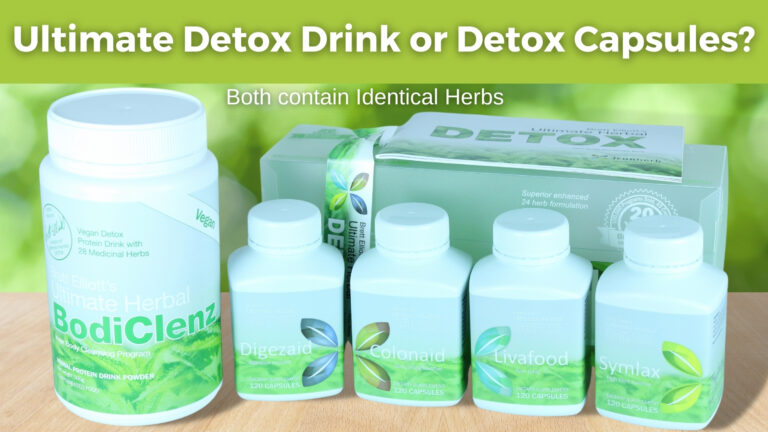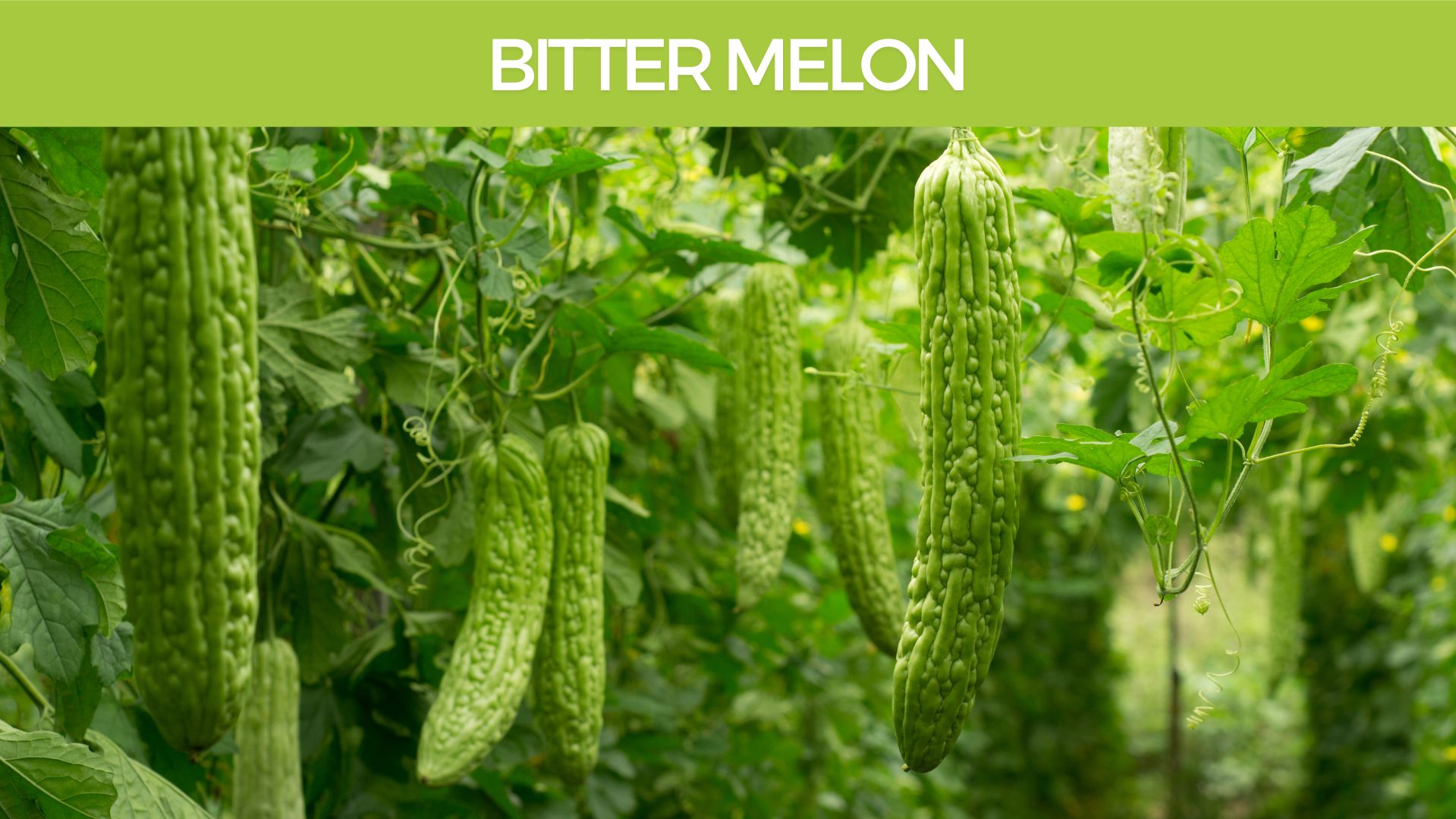- 2 years ago
- 4Minutes
- 676Words
- 635Views
Introduction
Every day, our bodies are bombarded with toxins from various sources, including the air we breathe, the food we eat, and the products we use. Over time, these toxins can accumulate, potentially leading to health issues ranging from mild discomfort to serious chronic diseases. A targeted detox program offers a systematic approach to identify and eliminate these harmful substances, potentially restoring health and vitality.
It’s crucial that you have a planned approach to detoxing your body including the following steps before beginning the process. Click the headings to jump to each step in more detail.
STEP 1. Assess your Toxin Exposure
STEP 2. Find the best Herbal Detox Method
STEP 3. Undertake an Elimination Diet
STEP 4. Take Environmental Action
STEP 5. Complete Your Herbal Detox Program
STEP 6. Staged Re-introduction of Products & Food
Understanding Toxins and Their Impact
Toxins, both external (exogenous) and internal (endogenous), can disrupt our body’s natural balance. They may originate from airborne pollution, processed or acid loading foods, household chemicals, cosmetics, pharmaceuticals, or even stress. Symptoms of toxin overload include metabolic syndrome, fatigue, headaches, digestive issues, and mood swings, all pointing to the body’s struggle to maintain homeostasis.
It’s important to understand what toxins are affecting you and compare that against any health progress you need to make.
Let’s get started!

Step 1: Assessing Your Toxin Exposure
- Using a toxin level calculator: This digital tool helps gauge your exposure level by considering lifestyle choices, environment, and dietary habits. It’s a critical first step that provides insights into potential toxin sources affecting your health.
- Be brutally honest: It’s crucial to include every possibility and not leave anything off the list when it comes to potential toxins in your life. Then you can truly identify the positive action required.
Step 2: Preparing for Detoxification
- Herbal program calculator: Customizes your detox plan by analyzing your specific needs based on the initial toxin assessment. It selects appropriate herbal supplements to support the body’s detox pathways, ensuring a personalized approach to detoxification.
Step 3: Implementing an Elimination Diet
- Identifying dietary toxins: Gradually remove common allergens and irritants like gluten, dairy, soy, and processed sugars from your diet. This step aims to reduce dietary sources of toxins, allowing the body to focus on eliminating stored toxins. Read More
Step 4: Making Environmental Changes
- Reducing exposure: Involves identifying and minimizing contact with environmental toxins. Suggestions include opting for natural cleaning products, purifying indoor air, and choosing organic foods to lessen the toxin load on your body.
- Create a healing space: Remove unnecessary clutter and set aside the time you need to. focus on your healing journey. Plan to reset your enviromental exposure to stress, and other environmental and lifestyle burdens. This all helps trigger the healing process. Read More.
Step 5: The Herbal Detox Program
- Herbs and diet plan: Central to this phase is the use of specific herbs known for their detoxifying properties, coupled with a clean, nutrient-dense diet. This combination supports the liver, kidneys, and other organs involved in detoxification, facilitating the removal of toxins.
- Lifestyle modifications: Encourages adequate hydration and regular physical activity to enhance the body’s natural detox mechanisms, promoting toxin elimination through sweat and urine.
Step 6: The Reintroduction Process
- Identifying triggers: After a period of detoxification, slowly reintroducing eliminated foods and observing the body’s response. This methodical process helps pinpoint specific sensitivities or allergies, offering clues to substances your body struggles to process.
Conclusion
Embarking on a detox program can be a revealing journey, uncovering the hidden impacts of toxins on your body. By systematically identifying and eliminating these toxins, you can take significant strides toward improved well-being. Remember, detoxification is not a one-time event but a lifestyle adjustment that emphasizes mindful choices to minimize toxin exposure and support your body’s health.
Additional Tips and Considerations
- Professional guidance: Always consult with a healthcare provider before starting any detox program, especially if you have existing health conditions.
- Sustained changes: Beyond the detox program, strive to maintain a lifestyle that continues to support low toxin exposure, incorporating organic foods, clean water, and toxin-free products into your daily routine.









